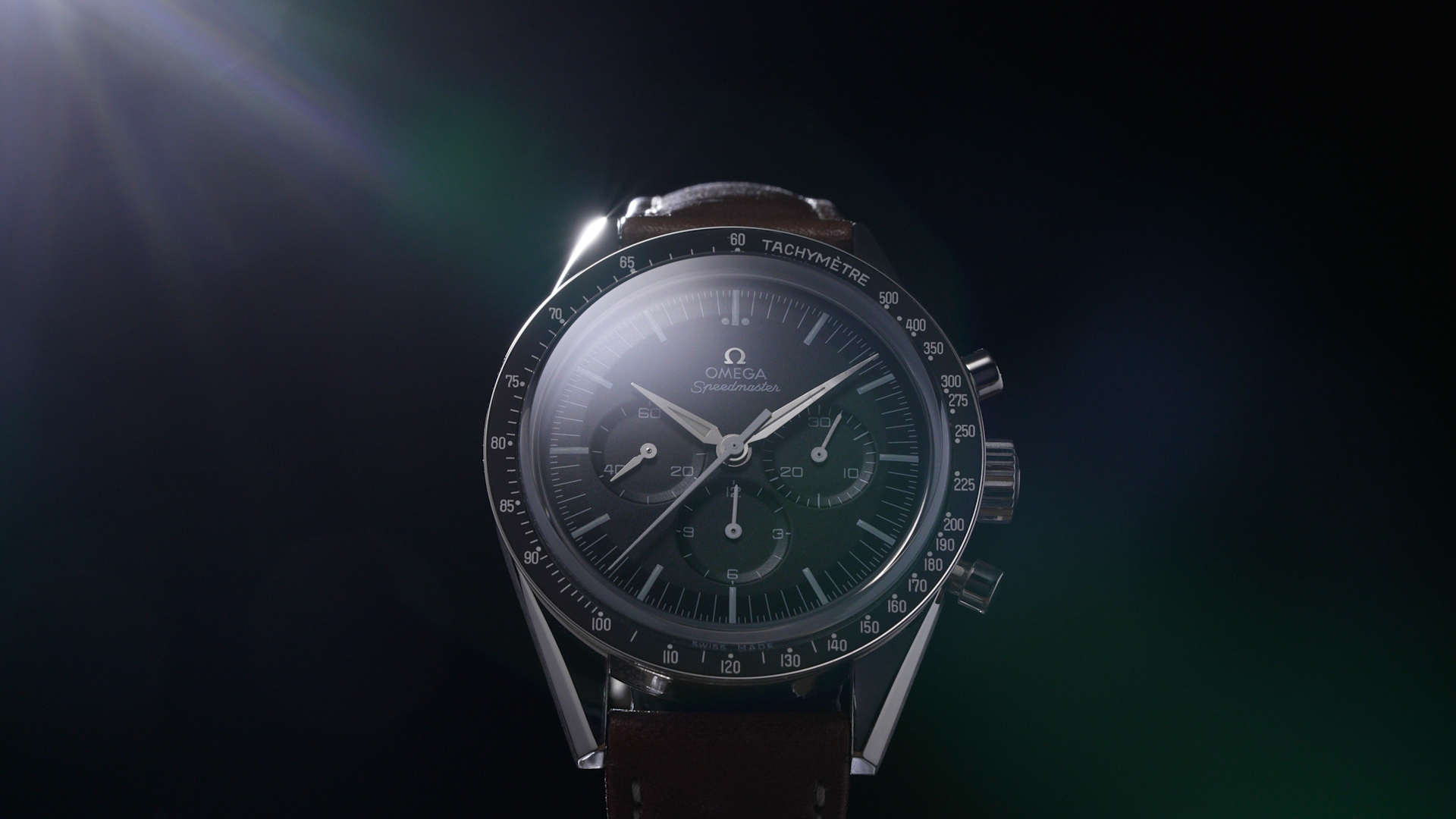
55 Years of Moon Landing: The History of Space Watches

July 20, 1969, stands as a beacon of human achievement, etched into the chronicles of history. When Neil Armstrong stepped onto the lunar surface, declaring it "one small step for man, one giant leap for mankind," he carried with him a symbol of precision and endurance: the Omega Speedmaster. This timepiece wasn’t just an accessory; it was a critical tool that played a silent yet vital role in the success of the Apollo 11 mission. As we commemorate 55 years since that groundbreaking moment, we delve into the enthralling history of space watches, focusing on the legendary Omega Speedmaster, and explore how these marvels of horology have evolved, blending form, function, and the spirit of exploration.
The Historical Context: Timekeeping in Space
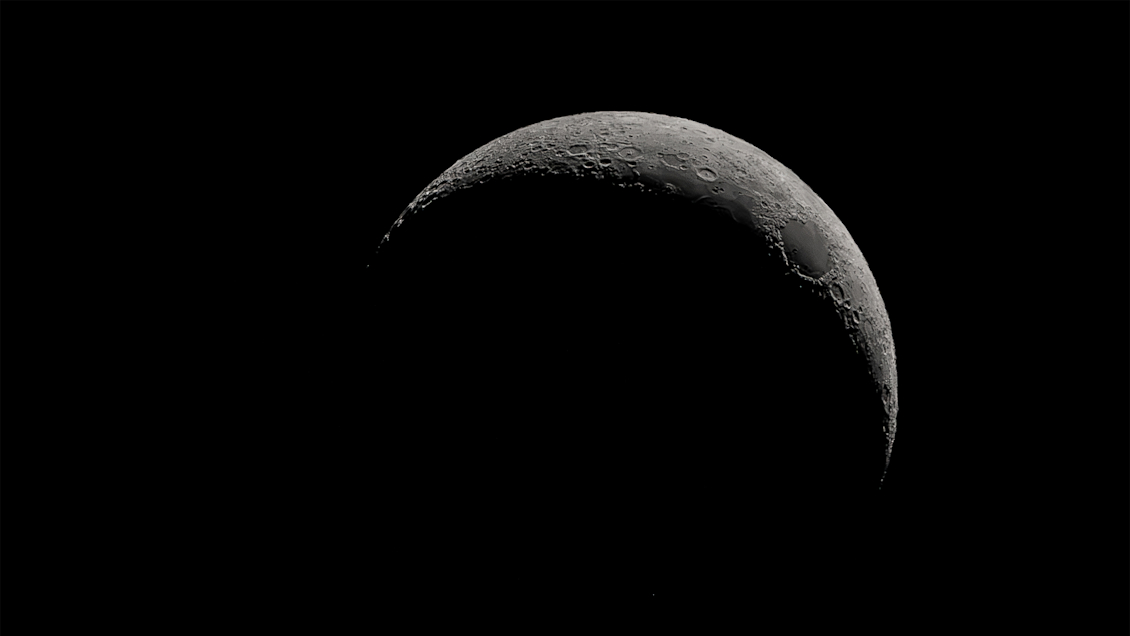
The Early Space Race and the Need for Precision
The Space Race between the United States and the Soviet Union was not only a geopolitical contest but also a technological showdown. Every detail mattered, including the watches astronauts wore. Timekeeping was crucial for mission success, from synchronizing rendezvous in orbit to timing engine burns with split-second accuracy. NASA needed a watch that could withstand the rigors of space travel: extreme temperatures, intense vibrations, and zero-gravity conditions.
NASA’s Rigorous Selection Process
In 1964, NASA initiated a series of tests to determine the most suitable wristwatch for manned space missions. The contenders included timepieces from several prestigious brands, but it was the Omega Speedmaster Professional that emerged victorious. The selection process was grueling: watches were subjected to temperature extremes ranging from -18°C to 93°C, intense shocks, high-pressure environments, and rigorous vibrations. The Speedmaster passed these tests with flying colors, proving its reliability and robustness.
The Omega Speedmaster: The Birth of a Legend
The Making of the Moonwatch
Originally introduced in 1957, the Omega Speedmaster was designed as a sports and racing chronograph. However, its superior build quality and precision soon caught NASA's attention. The Speedmaster’s manual-winding movement, the Caliber 321, was known for its durability and accuracy, essential traits for space missions. Its distinctive features, such as the tachymeter bezel, allowed astronauts to calculate speed based on travel time and distance, a handy function during re-entry and landing maneuvers.
The Apollo Missions and the Speedmaster's Legacy
The Omega Speedmaster’s moment of glory came during the Apollo missions. On July 21, 1969, as Buzz Aldrin stepped onto the moon, he wore the Speedmaster Professional, forever cementing its place in history as the first watch worn on the lunar surface. The watch not only endured the lunar environment but also played a crucial role during the Apollo 13 mission. After an explosion crippled the spacecraft, astronauts used the Speedmaster to time critical engine burns, ensuring their safe return to Earth. This dramatic episode showcased the watch’s reliability and the crucial role it played in mission success.
Astronaut Preferences: The Personal Touch
Buzz Aldrin and His Missing Speedmaster
Buzz Aldrin's Omega Speedmaster became an icon after the moon landing. However, upon returning to Earth, Aldrin's Speedmaster was lost, adding an aura of mystery to its legacy. Despite extensive searches, the watch has never been recovered, becoming a piece of lost history that adds to the mystique of the Speedmaster.
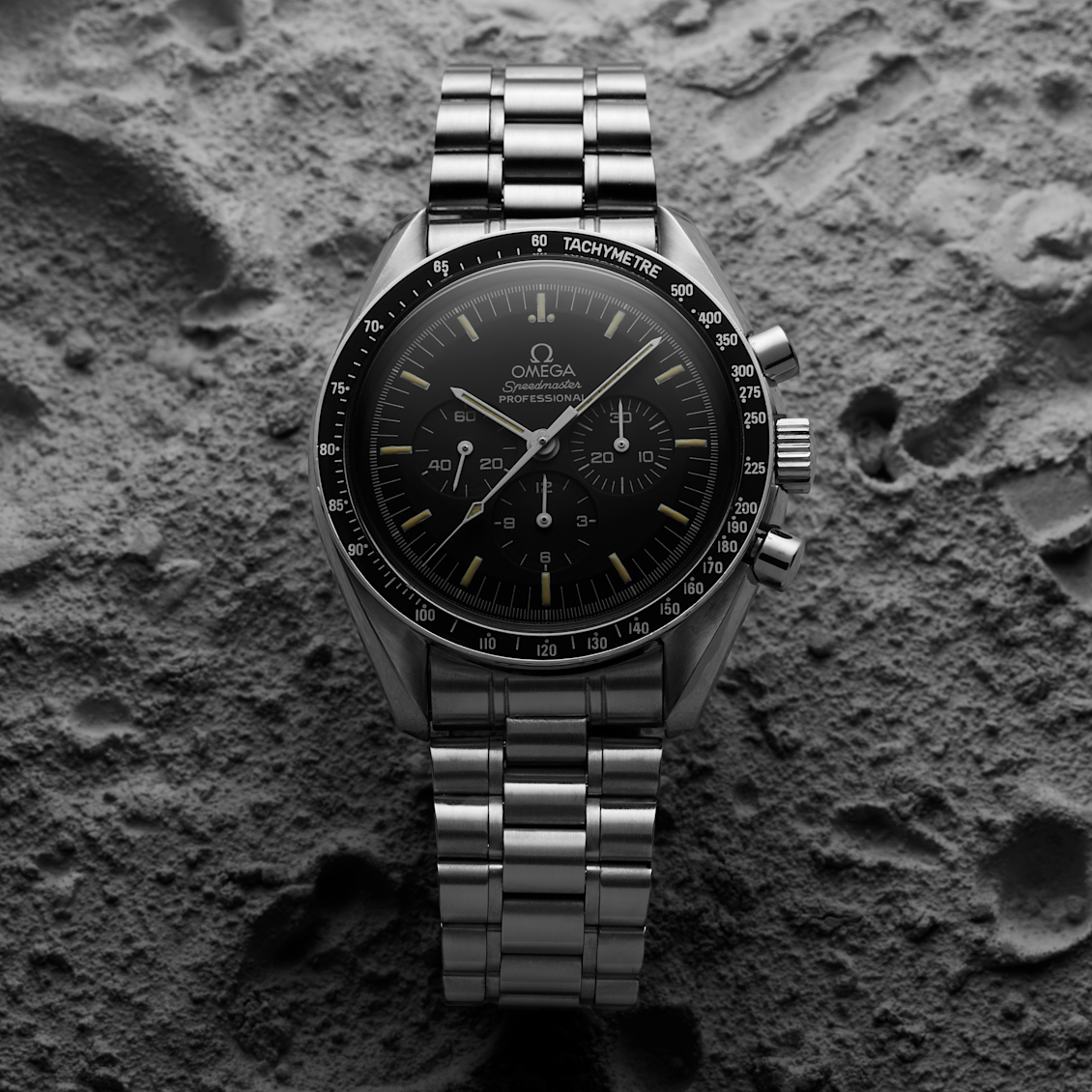
Other Notable Watches in Space
While the Speedmaster is the most famous, other watches have accompanied astronauts on various missions. The Rolex GMT-Master, for instance, was favored by astronauts like Jack Swigert during Apollo 13 for its dual-time zone feature, which was essential for keeping track of mission time and Earth time simultaneously. This variety in preferences underscores the importance of functionality tailored to individual needs in space missions.
Watch Designs: Functionality Meets Elegance

Key Features of the Omega Speedmaster
The Omega Speedmaster’s design is a masterclass in blending functionality with elegance. Key features include:
Tachymeter Bezel: Allows calculation of speed over a known distance, crucial for astronauts during re-entry and landing.
Chronograph Functions: Enables precise time measurement of mission-critical activities.
Hesalite Crystal: Unlike sapphire crystals, Hesalite doesn’t shatter upon impact, a vital safety feature in space.
Manual-Winding Movement: The Caliber 321, and later Caliber 861, ensure reliability without dependence on the zero-gravity conditions that could affect automatic movements.
Evolution and Modern Innovations
The Speedmaster has undergone several iterations since its inception. The Speedmaster X-33, for example, was introduced in the 1990s, combining analog and digital displays to meet the needs of modern astronauts. This watch included features like multiple alarms, mission elapsed time, and universal time functions, showcasing Omega’s commitment to innovation while maintaining the Speedmaster’s iconic design elements.
Luxury Watches: The Ultimate Status Symbol
Collecting Space Watches
Owning a space watch like the Omega Speedmaster or the Rolex GMT-Master is more than a testament to one’s appreciation for fine horology; it’s a connection to a significant chapter of human history. These watches symbolize adventure, exploration, and human ingenuity. Vintage models, especially those with a direct connection to space missions, are highly sought after by collectors and can fetch impressive prices at auctions. Limited edition releases, such as the Speedmaster Apollo 11 50th Anniversary Edition, blend historical homage with cutting-edge craftsmanship, appealing to both watch enthusiasts and space aficionados.
Among these collectible treasures, the Omega Speedmaster Silver Snoopy Award editions hold a special place. The Silver Snoopy Award is a prestigious honor given by NASA astronauts to those who have significantly contributed to the success of human space flight missions. Omega received this award in 1970 following the critical role the Speedmaster played during the Apollo 13 mission. The Speedmaster Silver Snoopy editions feature unique designs that commemorate this accolade. These editions are characterized by their intricate case backs and playful yet sophisticated nods to the beloved Peanuts character, making them highly coveted among collectors for their historical significance and distinctive aesthetic. If you want to read more about the Speedmaster Silver Snoopy click here.
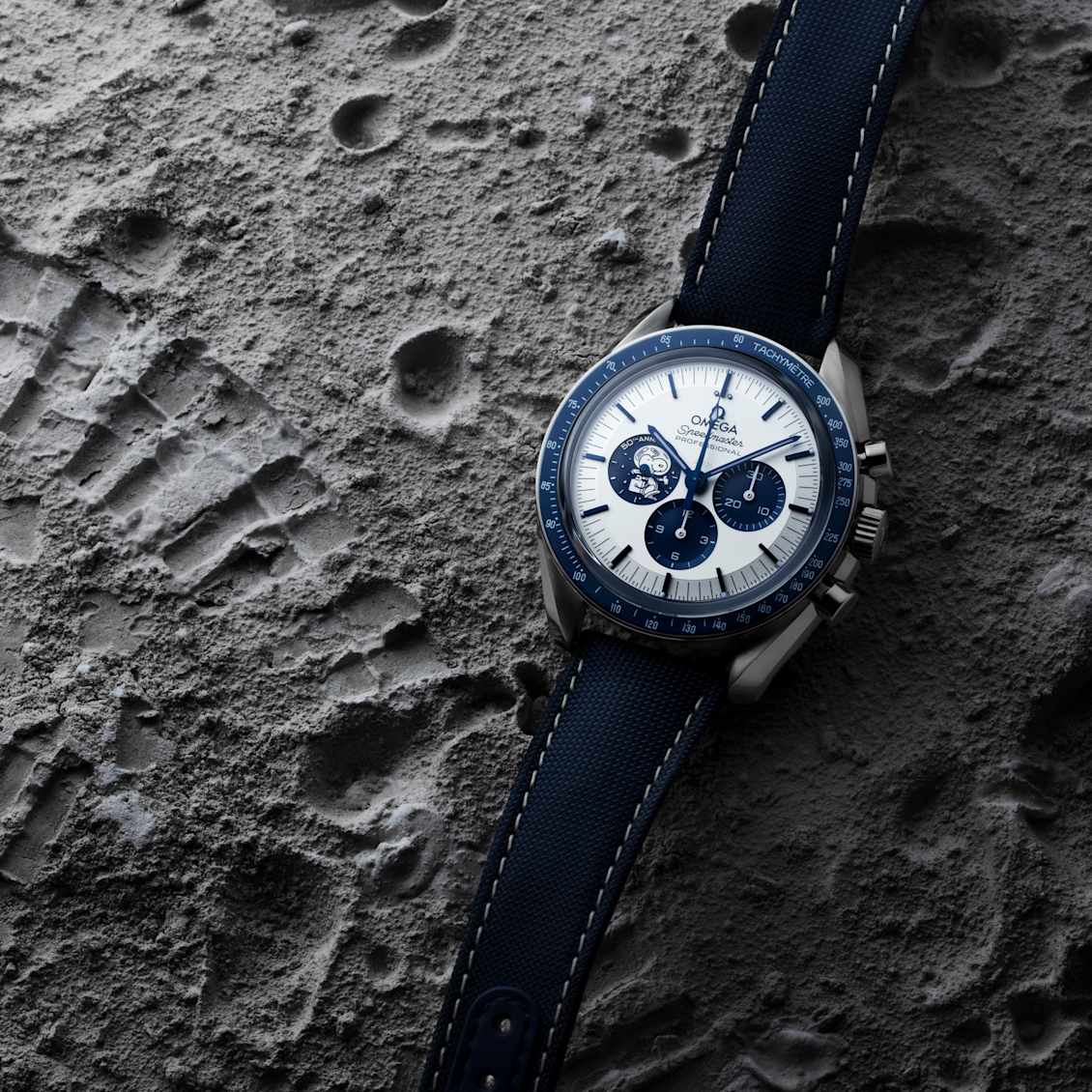
The Cultural Impact of Space Watches
The allure of space watches extends beyond their functionality and collectibility. They have become cultural icons, appearing in movies, literature, and fashion. Their rugged yet sophisticated design makes them a favorite among adventurers, professionals, and style-conscious individuals. The Speedmaster’s design has remained largely unchanged, a testament to its timeless appeal and the enduring legacy of its lunar accomplishments.
The Future: Timeless Legacy
Space Exploration and Future Demands
As private space travel becomes a reality, the demand for reliable and robust timepieces is set to increase. Future missions to Mars and beyond will require watches that can withstand even harsher environments. Innovations in materials, such as the use of ceramics and carbon composites, along with advancements in smartwatch technology, will play a crucial role in the next generation of space watches.
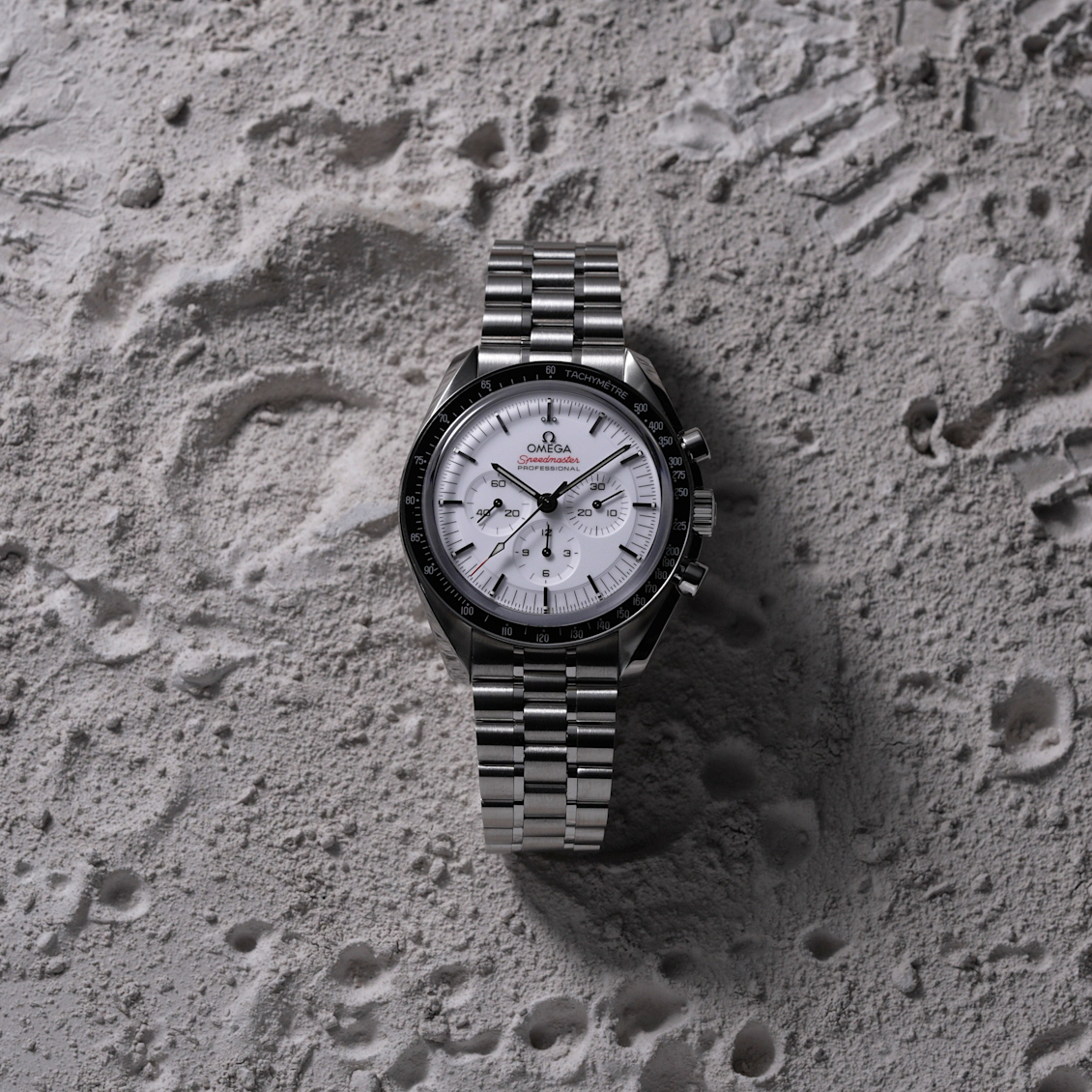
Omega's Commitment to Excellence
Omega continues to push the boundaries of watchmaking. The introduction of the Speedmaster Moonwatch Master Chronometer, certified by METAS (The Swiss Federal Institute of Metrology), demonstrates Omega’s dedication to precision and quality. These watches undergo rigorous testing to ensure they meet the highest standards of accuracy, magnetic resistance, and durability.
Conclusion: A Timeless Journey
The history of space watches is a captivating blend of technological innovation, human courage, and the relentless pursuit of excellence. From the Omega Speedmaster’s first steps on the moon to its ongoing evolution and status as a luxury icon, these watches symbolize the spirit of exploration and the quest for precision. As we celebrate 55 years since the first moon landing, the story of space watches continues to inspire, reminding us that even the smallest instruments can play a pivotal role in our greatest achievements.
About CHRONEXT
Founded in 2013, the company based in Zug, Switzerland, is today one of the leading retailers of CPO (Certified Pre-Owned) and vintage watches. In addition to its core business in online retail, CHRONEXT now also operates exclusive brick-and-mortar boutiques and lounges in locations around the world such as Düsseldorf, Munich, Berlin, Zurich and Hong Kong. CHRONEXT combines the convenience of a web store with the first-class service of a boutique and supports its customers in all phases of purchasing and owning a luxury watch. Thanks to its hybrid business model, the company can offer its own watches as well as stock from manufacturers, retailers and private sellers, giving it access to a range of around 6,000 models. CHRONEXT is responsible for controlling the entire process, which is ensured by a team of around 10 in-house watchmakers. They check each watch in a 17-stage authenticity and quality control process and then issue a 24-month guarantee. To date, CHRONEXT has helped over 175,000 customers in more than 60 countries to buy and sell their watches.